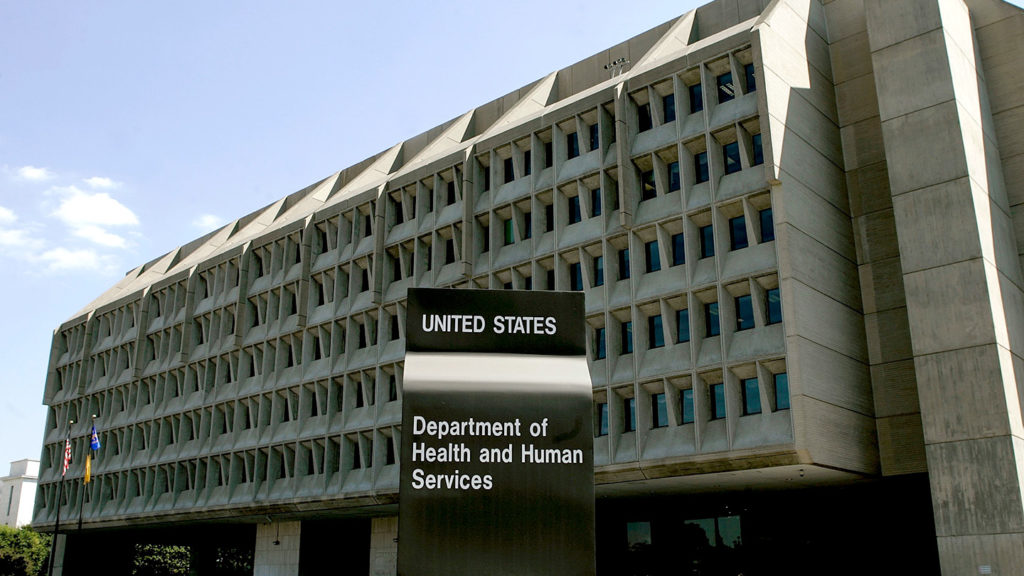
Long-term and post-acute care organizations have not received the same support as other care settings for creating interoperable patient data tools, putting home health and hospice providers at a disadvantage, according to new research by the Department of Health and Human Services.
Electronic health records (EHRs) are used by the vast majority of long-term and post-acute care (LTPAC) providers. Within the home health and hospice industries, roughly 78% of providers have adopted an EHR, according to the study. And while their functionality is largely the same as those used in other care settings, EHRs used by home care and hospice providers fall short when it comes to their interoperability capabilities.
A key reason for this, HHS found, is that LTPAC organizations have not been incentivized to use interoperable technology in the same way as other healthcare providers.
“Due to thin operating margins, lack of adequate financial incentives has made it difficult to fund and implement interoperable HIT systems,” HHS said in its December report. “Organizations need a system or market reason to exchange data. Without the proper financial and policy incentives, it will be difficult to make organic progress toward interoperability.”
Meanwhile, other care settings have been able to benefit from government programs that encourage use of interoperable health data tools. Hospitals, for example, were selected to participate in Promoting Interoperability Programs, which offered financial incentives for implementing interoperable HIT.
And since hospitals and other acute care settings received this head start, many LTPAC providers have not been able to lay the groundwork to create interoperable HIT systems.
“Providers and vendors do not have a clear understanding of what data reporting and interoperability requirements will be in the future,” the report noted. “LTPAC organizations and vendors are left to do what they think is best, with limited guidance resulting in the lack of standardized and codified data to support interoperability,” the report said.
LTPAC organizations have long petitioned lawmakers for help with creating interoperable patient data tools. And while hospitals were successful in earning this support, home health and hospice providers have not been able to do the same, HHS said in its report.
Still, the “next big step” in nationwide health data interoperability may be yet to come. The Trusted Exchange Framework and Common Agreement (TEFCA) has been slated for launch in the first quarter of 2024, and will create interoperable functionality among five EHR systems. LTPAC stakeholders have expressed hopes that TEFCA might benefit, rather than overlook, home health and hospice providers.



